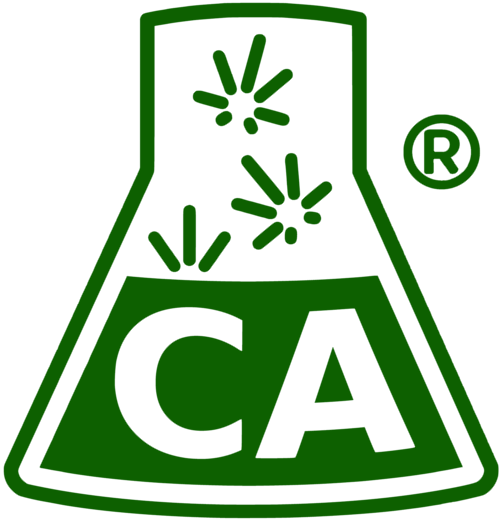What are the reasons for failing residual solvent analysis?
Failures for residual solvents are typically granted retest permission except in extreme cases of solvent misuse. The current state limits for solvents are listed in (3)(f) of WAC 314-55-102.
Possible reasons for failing residual with well-maintained equipment:
The 3-dimensional shape and viscosity of a product affects how well and how quickly it can purge. A product with consistency typically termed “honeycomb wax” (which has very high surface area per gram) will purge relatively quickly. In contrast, products with consistency like “shatter” or “sugar wax” (which have much less surface area per gram) will require a little more aggressive purge program: a little more heat, deeper vacuum, or more time.
Variance between batches can affect outcomes as well. Even two runs from the same harvest on different days can produce different results as far as the precise chemical make-up of the extract. This can be caused by differences in starting material or differences in other variables such as temperature, pressure, solvent makeup, steep time, etc.
We do not test for every compound in the extract, and picking up more or different impurities can affect product viscosity – which in turn affects behavior during purge. Moisture level and terpene content can also affect impurity makeup and purge time, as both terpenes and water can act as co-solvents. Even the physical structure of the buds, and how they are physically packed into the extraction chamber, can affect the outcome of the run. No two extraction runs are identical, but we can help you mitigate the variability in your extraction process – resulting in a more consistent product.
The following are considerations that may help you prevent failing for residual solvents:
- Ensure you are purging completely by getting a residual solvent R&D test before submitting the full I-502 sample. The extra cost is worth saving the headache of having to get LCB approval to re-purge and re-test the lot. You can always check your purge by sending in a quick sample. We can usually turn those results within one day.
- Maintain your purge system effectively. Monitor the actual pressure inside your vacuum oven, instead of assuming that the system is operating as it should. Even a small air leak can result in a lot failure. Remember: vacuum gauges are typically unreliable when the needle is near the extremes of the graduations.
- Consider producing the honeycomb wax consistency instead of the shatter or sugar consistency, as the much higher surface area of the foam (honeycomb wax) enables a faster and more thorough purge. Several processors that test with us routinely come in less than 10 ppm by using the honeycomb wax method.
- Unless you have a vacuum oven with absolutely perfect seals (and none are perfect, so don’t kid yourself), do not turn off the vacuum pump during purge to save pump life or energy. As a general rule: you’re only purging when your pump is pumping. Also keep an eye on pump oil levels and condition of any pump seals that may fail.
- Increasing the heat level won’t necessarily decrease your purge time. Melting down the slab (as compared to allowing it to have bubbles) reduces its surface area, slowing down purge. The more bubbles the slab can maintain, and the smaller those bubbles, the more efficient the purge will be. It is important to watch the slab/muffin, and make sure that each slab behaves as expected. Melting down too rapidly may cause more solvent retention.
- Consider solventless extraction (traditional hashish, “rosin technique”) or alternative solvents (CO2, ethanol).
Even the most refined and consistent extraction and purge protocol cannot account for minor differences between batches of naturally variable product. A skilled oil maker is aware of these nuances, and adjusts protocol slightly to meet the needs of the starting material. Some protocols are inherently more robust than others, but the key message here is that there are more variables in extraction than first meet the eye. Many of these nuances are trade secrets, and so it is up to you to discover what extraction technique works best for you. As always, your lab is here to help.
